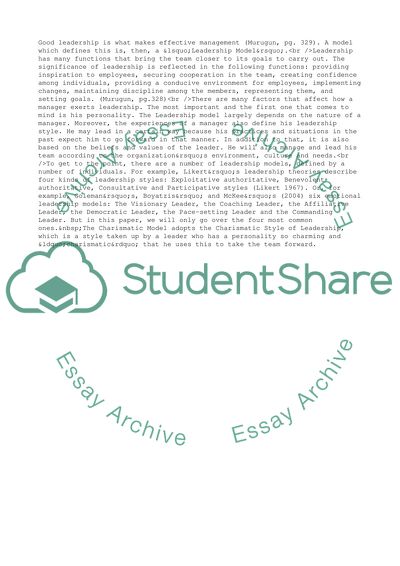Cite this document
(Comparison and contrasting four leadership models Coursework, n.d.)
Comparison and contrasting four leadership models Coursework. https://studentshare.org/management/1715452-comparison-and-contrasting-four-leadership-models
Comparison and contrasting four leadership models Coursework. https://studentshare.org/management/1715452-comparison-and-contrasting-four-leadership-models
(Comparison and Contrasting Four Leadership Models Coursework)
Comparison and Contrasting Four Leadership Models Coursework. https://studentshare.org/management/1715452-comparison-and-contrasting-four-leadership-models.
Comparison and Contrasting Four Leadership Models Coursework. https://studentshare.org/management/1715452-comparison-and-contrasting-four-leadership-models.
“Comparison and Contrasting Four Leadership Models Coursework”. https://studentshare.org/management/1715452-comparison-and-contrasting-four-leadership-models.


